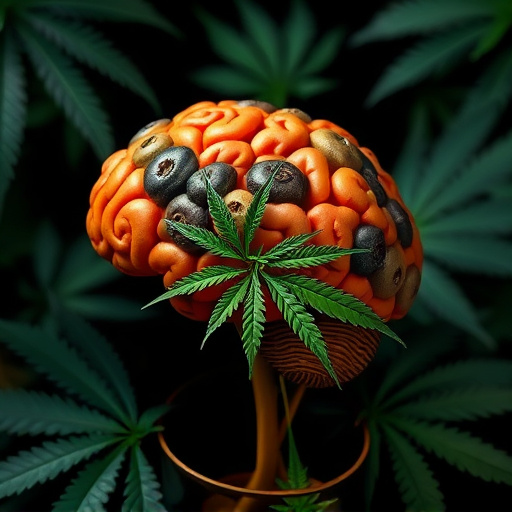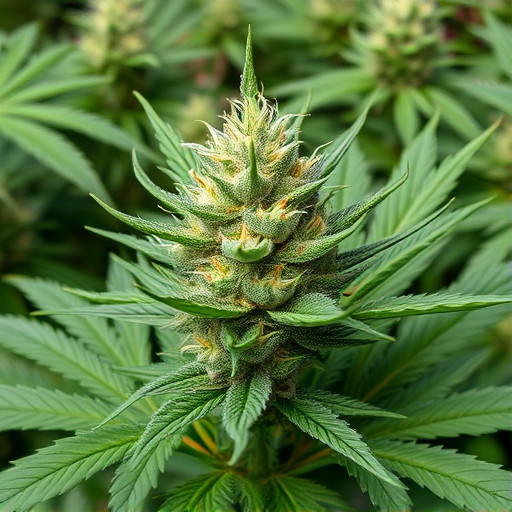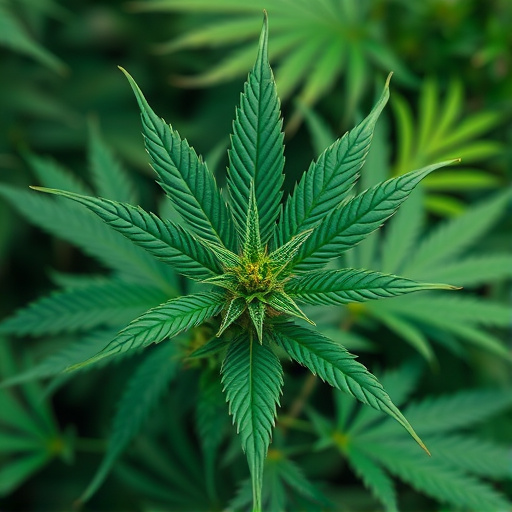The original strains of cannabis, rich in tetrahydrocannabinol (THC) and cannabidiol (CBD), stimulate appetite through their complex interaction with the endocannabinoid system. High THC concentrations in strains like Afghani, Thai, and Mexican Sativa enhance hunger due to their unique chemical profiles. This impact on the ECS explains the well-known "munchies" effect, making cannabis a potential natural remedy for managing appetite-related issues.
“Unraveling the mystery behind cannabis’ potent hunger-inducing effect has long intrigued both users and scientists. In this article, we delve into the fascinating world of cannabis flower and its appetite-stimulating properties. From the role of THC and other cannabinoids to the scientific exploration of neurological and endocrine factors, we uncover why certain original strains of cannabis are renowned for their ability to tantalize taste buds and stimulate a voracious appetite. Get ready to explore the science behind this age-old phenomenon.”
- Understanding the Hunger-Inducing Effect of Cannabis: The Role of THC and Other Cannabinoids
- Original Strains of Cannabis: Varieties Known for Their Appetite-Stimulating Properties
- Exploring the Science Behind Cannabis' Impact on Hunger: Neurological and Endocrine Factors at Play
Understanding the Hunger-Inducing Effect of Cannabis: The Role of THC and Other Cannabinoids
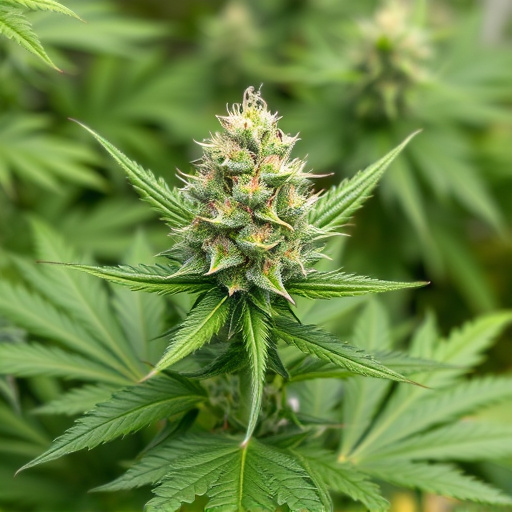
Cannabis has been known for its appetite-stimulating effects for many years, and understanding why it makes users hungry is essential to appreciating the complex interplay between the plant and our bodies. The hunger-inducing property of cannabis is largely attributed to the presence of tetrahydrocannabinol (THC), one of over 100 cannabinoids found in the plant. THC acts on the endocannabinoid system, a physiological system that regulates various bodily functions, including appetite and metabolism. When consumed, THC binds to cannabinoid receptors in the brain, triggering a cascade of events that increase hunger and cravings.
While THC is often considered the primary driver, other cannabinoids present in original strains of cannabis also contribute to this effect. Cannabidiol (CBD), for instance, has been shown to interact with different receptors involved in appetite regulation. The combination of these cannabinoids creates a complex profile that influences hunger on multiple levels. Moreover, the specific ratios and concentrations of these compounds in different original strains can lead to varying degrees of hunger stimulation, highlighting the importance of understanding cannabis chemistry to optimize its effects for users looking to manage appetite-related issues.
Original Strains of Cannabis: Varieties Known for Their Appetite-Stimulating Properties
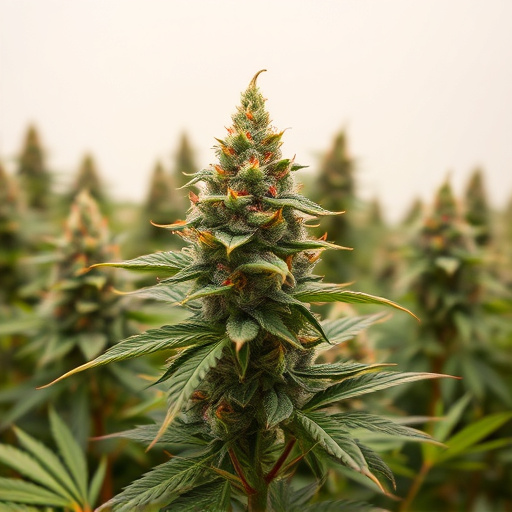
The original strains of cannabis, particularly those with higher concentrations of tetrahydrocannabinol (THC), have long been known for their appetite-stimulating properties. THC, one of the primary psychoactive compounds in cannabis, interacts with our endocannabinoid system, which plays a significant role in regulating hunger and other physiological processes. When THC binds to receptors in the brain, it can trigger a response that increases appetite, leading many users to experience what’s commonly known as “the munchies.”
Certain original strains, such as Afghani, Thai, and Mexican Sativa, are renowned for their potent effects on the appetite. These varieties often contain elevated levels of THC, combined with other aromatic compounds, which can enhance the hunger-inducing properties. The unique chemical profiles of these strains contribute to their reputation as natural appetite stimulants, offering a potential explanation for why cannabis flower can make you hungry.
Exploring the Science Behind Cannabis' Impact on Hunger: Neurological and Endocrine Factors at Play
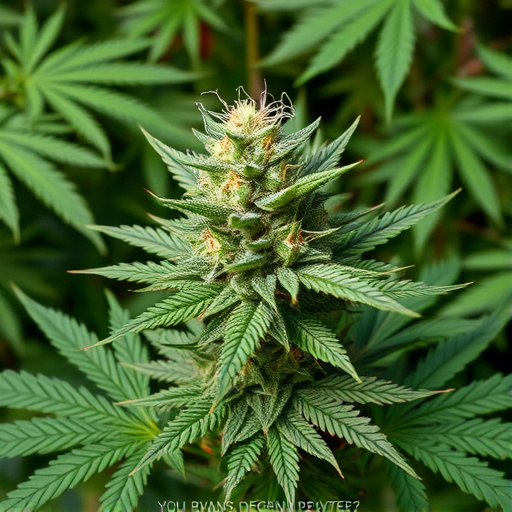
The relationship between cannabis and hunger is a complex interplay of neurological and endocrine factors, offering insights into why original strains of cannabis can stimulate appetite. Research suggests that certain compounds in cannabis, particularly tetrahydrocannabinol (THC) and cannabidiol (CBD), directly affect the brain’s endocannabinoid system (ECS). This system plays a crucial role in regulating hunger, metabolism, and overall energy balance by binding to receptors in key areas of the brain.
THC, known for its psychoactive properties, can stimulate the release of neurotransmitters like dopamine and serotonin, which are linked to feelings of pleasure and reward. This activation may lead to increased motivation for eating. CBD, on the other hand, while non-intoxicating, has been found to interact with the ECS in ways that could also enhance hunger. By modulating these systems, original strains of cannabis can trigger physiological responses that make individuals feel more hungry, often described as a “munchies” effect.
In conclusion, cannabis flower’s ability to stimulate appetite is a multifaceted phenomenon rooted in its unique biochemical composition. The interaction between THC and other cannabinoids with our neurological and endocrine systems explains why many users experience heightened hunger after consumption. Original strains of cannabis known for their appetite-stimulating properties further underscore the potential therapeutic use of these plants in managing conditions characterized by anorexia or weight loss. Understanding these mechanisms not only satisfies curiosity but also opens doors to exploring cannabis’s role in enhancing quality of life and overall well-being.




